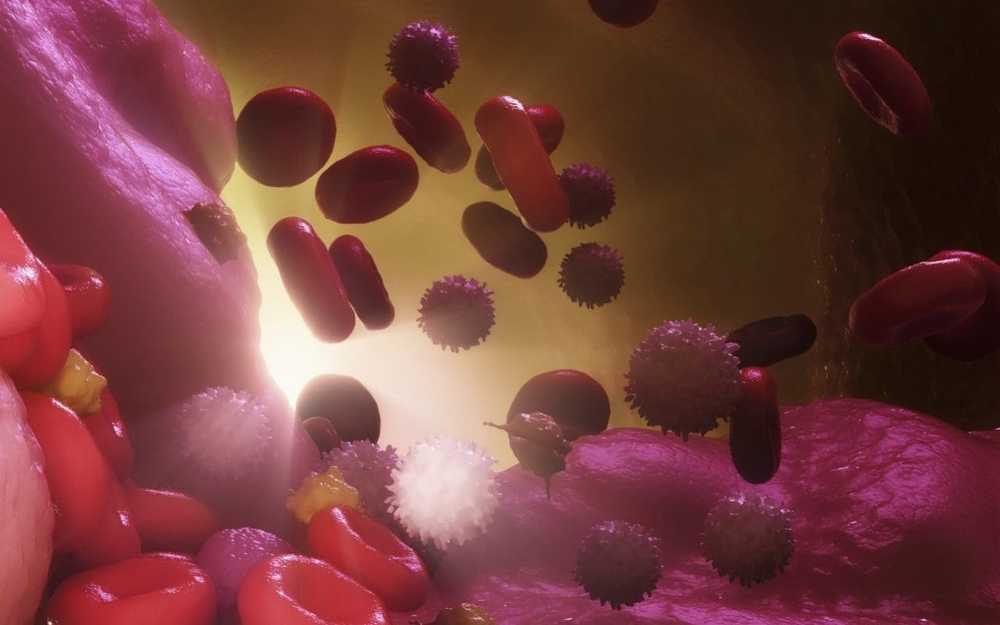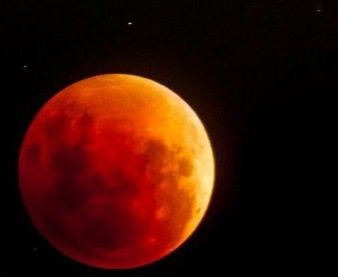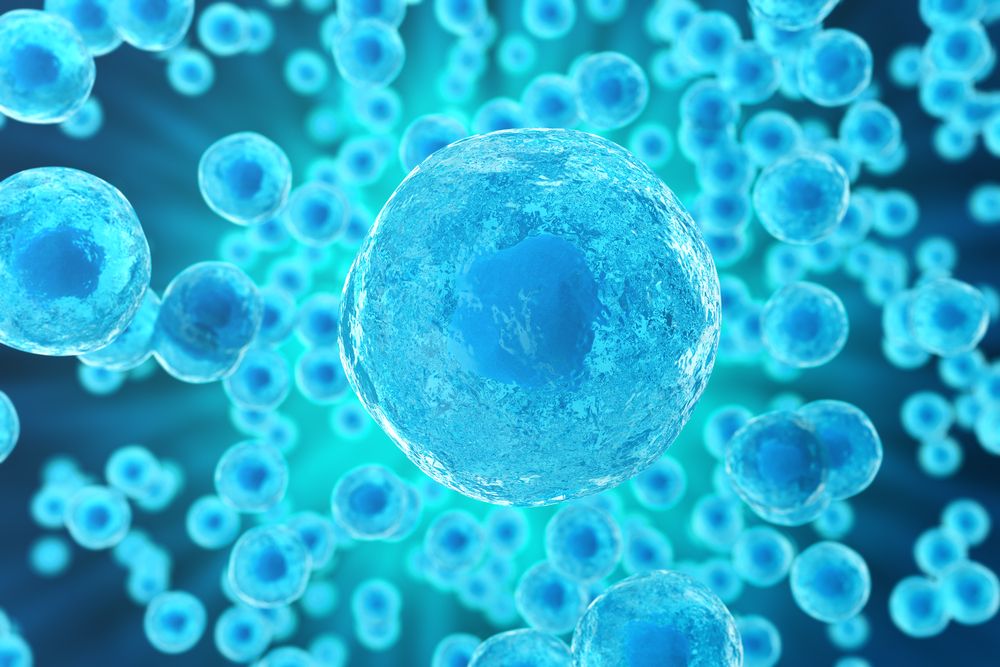I find this subject very fascinating.
AI can fake their emotions but whether they can feel those emotions is another matter.


Scientists seeking to bring the fusion reaction that powers the sun and stars to Earth must keep the superhot plasma free from disruptions. Now researchers at the U.S. Department of Energy’s (DOE) Princeton Plasma Physics Laboratory (PPPL) have discovered a process that can help to control the disruptions thought to be most dangerous.
Researchers are testing a four-legged robot’s ability to find its way through the sewers under Zurich.

A drug to fight ageing may finally be on the horizon after the first trial in humans showed ‘impressive’ results.
For many years scientists have known that an accumulation of senescent cells in the body is linked to ageing symptoms such as frailty and arthritis, as well as diseases such as Alzheimer’s and Parkinson’s.
Senescent cells — also known as zombie cells — are not completely dead so are not cleared out by the body, but are too damaged to repair tissue or carry out normal functions. Unable to repair itself or clear out the waste, the body gradually deteriorates.



Signals of this type have only been found once before.

A new study published in Nature Metabolism finally reveals the answer to how NMN enters the cell in order to become NAD+ and that it does not need to convert into NR to do so.
In the last few years, there has been considerable interest in restoring levels of the nicotinamide adenine dinclueotide (NAD+) coenzyme to combat age-related diseases. Evidence suggests that NAD+ systemically declines with age in a variety of organisms, including rodents and humans, which contributes to the development of many age-related diseases and metabolic conditions.
What is NAD+?
Nicotinamide adenine dinucleotide (NAD) is a coenzyme found in all living cells. It is a dinucleotide, which means that it consists of two nucleotides joined through their phosphate groups. One nucleotide contains an adenine base, and the other contains nicotinamide.
Futurist and political talk with a British twist.
What does 2019 hold for POLITICS and TECHNOLOGY?
Mal Fletcher, futurist, social commentator and innovation speakerhis forecasts, in this interview with the BBC on Jan 1, 2019.